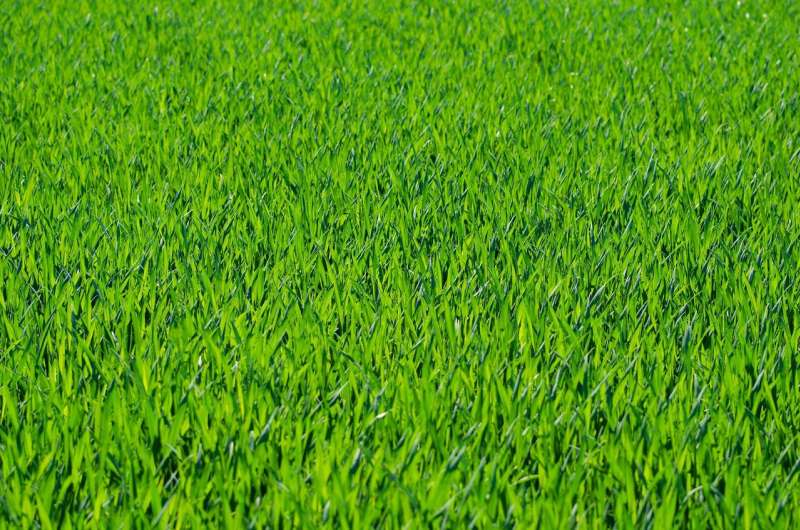Exploring the use of biostimulants within the Georgia golf industry

Golf course superintendents are often under pressure to maintain high-quality turf. Such demand entails use of inputs, which can include biostimulants that are often marketed as a way of combating plant stress and improving turf quality. However, the extent of their use by superintendents and their level of efficacy are not well understood.
Scientists at the University of Georgia polled attendees of the annual conference of the Georgia Golf Environmental Summit in 2022. The survey was developed using online software and included a total of 13 questions relating to general familiarity with biostimulants and specific familiarity with five biological products. The respondents were from 62 golf courses, geographically representing the entire state of Georgia.
The response rate was 62.5%. The majority of the respondents (86%) were familiar with biostimulants. The main reason for using biostimulants was predominantly agronomic, indicating a focus on turf performance and aesthetics.
Of the respondents who used biostimulants, the overwhelming majority (93%) used humic acids and plant growth hormone-containing biostimulants. Respondents also indicated that research in microbial products would be the most relevant to the industry. This may be explained by the challenges in using such products (shelf life and microbial survival in soil).
In conclusion, the survey indicated that Georgia golf course superintendents have a high level of familiarity with biostimulants, and yielded useful results to help formulate future research objectives to better serve the Georgia golf course industry.
These results that will help scientists formulate future research objectives. In particular, efforts that focus on research on microbe and amino acid-containing products and how they affect turf quality and soil health are needed to enable turf grass managers to make informed decisions on the use of such products in ways that will not only achieve their main goal (agronomic; improved turf quality) but also improve the long-term sustainability of the system (soil health).
The paper is published in HortTechnology.
According to author Svoboda V. Pennisi, Extension Horticulture Specialist in the Department of Horticulture at the University of Georgia, and Co-Editor-in-Chief, Scientia Horticulturae, "We needed to find out how familiar golf course superintendents are with biostimulants and what their research needs were. The answer is that Georgia's golf course superintendents are well familiar with a wide variety of products.
"We were also able to identify their research needs. They want research on (the) efficacy of microbial-based products. Future research focused on the efficacy of specific biostimulant products would help golf course superintendents make informed decisions based on empirical data."
More information: Svoboda V. Pennisi et al, Familiarity and Use of Biostimulants by the Georgia Golf Industry: Information from a Survey of Golf Course Superintendents, HortTechnology (2022). DOI: 10.21273/HORTTECH05059-22
Journal information: HortTechnology
Provided by American Society for Horticultural Science




















